This article outlines what tag flag colour means.
Numeric Tag
A numeric tag represents one or more integer or floating point values. Crimson performs all internal calculations using either 32-bit signed integers or single-precision floating point, so all data will be converted to one of these forms before processing.
A brand new numeric tag is denoted in deep blue (as shown below).
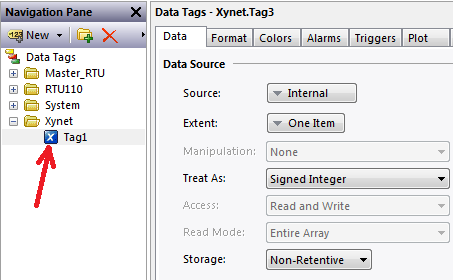
As soon as you assign the Source, it turns red as it is “Read and Write”
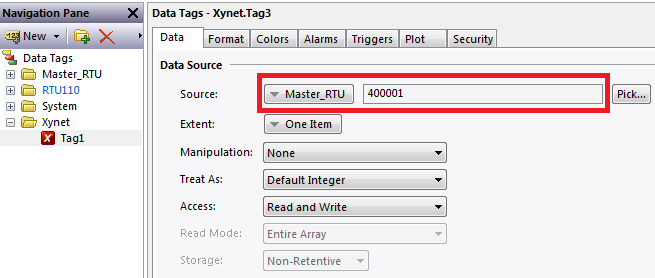
If you change it to “Read Only”, it turns green.
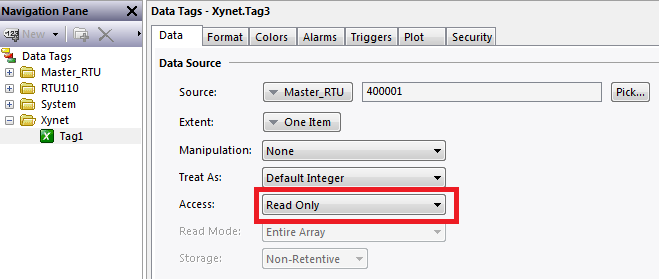
Flag Tag
A flag tag represents one or more on-or-off values and is considered to have an internal data type of integer, no matter what the type of underlying data. Mapped flag tags allow simple transformations between raw data and the data that will be used by Crimson.
A brand new flag tag is denoted in deep blue (as shown below).
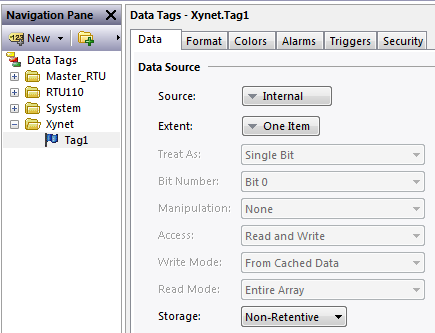
As soon as you assign the Source, it turns red as it is “Read and Write”
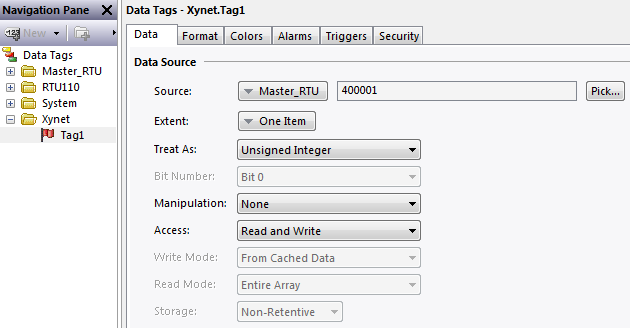
If you change it to “Read Only”, it turns green.
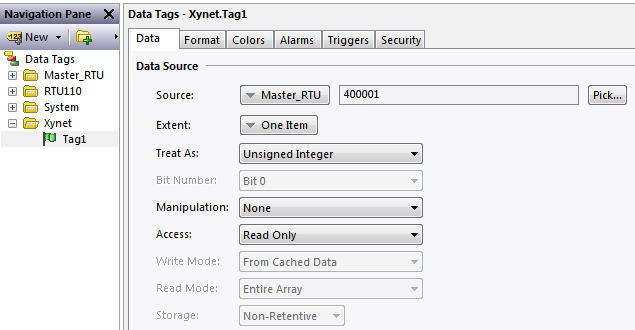
String Tag
A string tag represents one or more strings of Unicode characters. While Crimson works in Unicode, it can also read and write strings from 8-bit sources. Mapped string tags support various encodings, allowing one or more characters to be extracted from one register.
A brand new string tag is denoted in deep blue (as shown below).
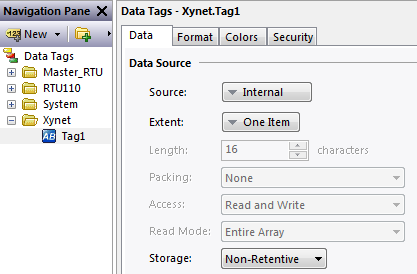
As soon as you assign the Source, it turns red as it is “Read and Write”
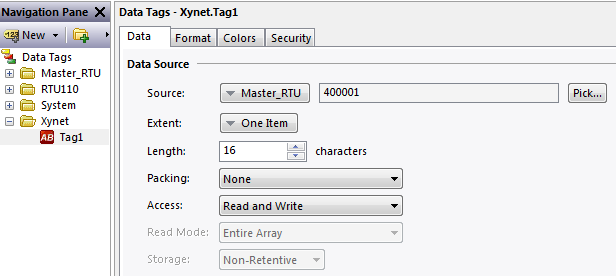
If you change it to “Read Only”, it turns green.
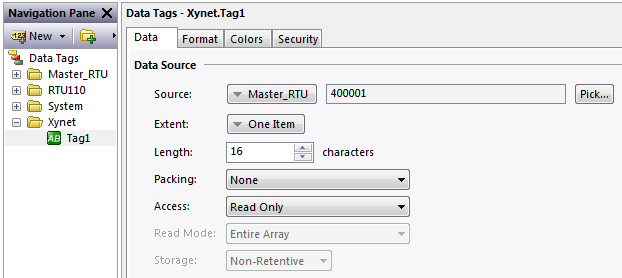
Basic Tag
Basic tags are used to represent constants or expressions.
A brand new string tag is denoted in deep blue (as shown below).

